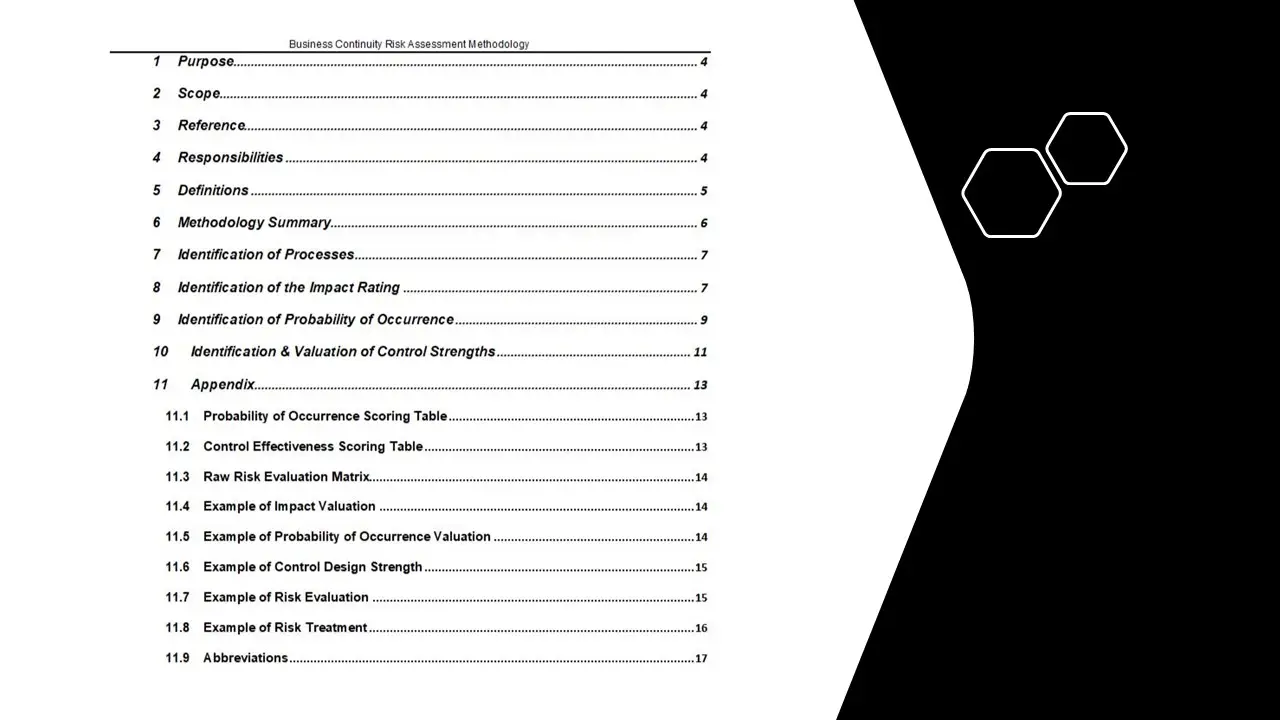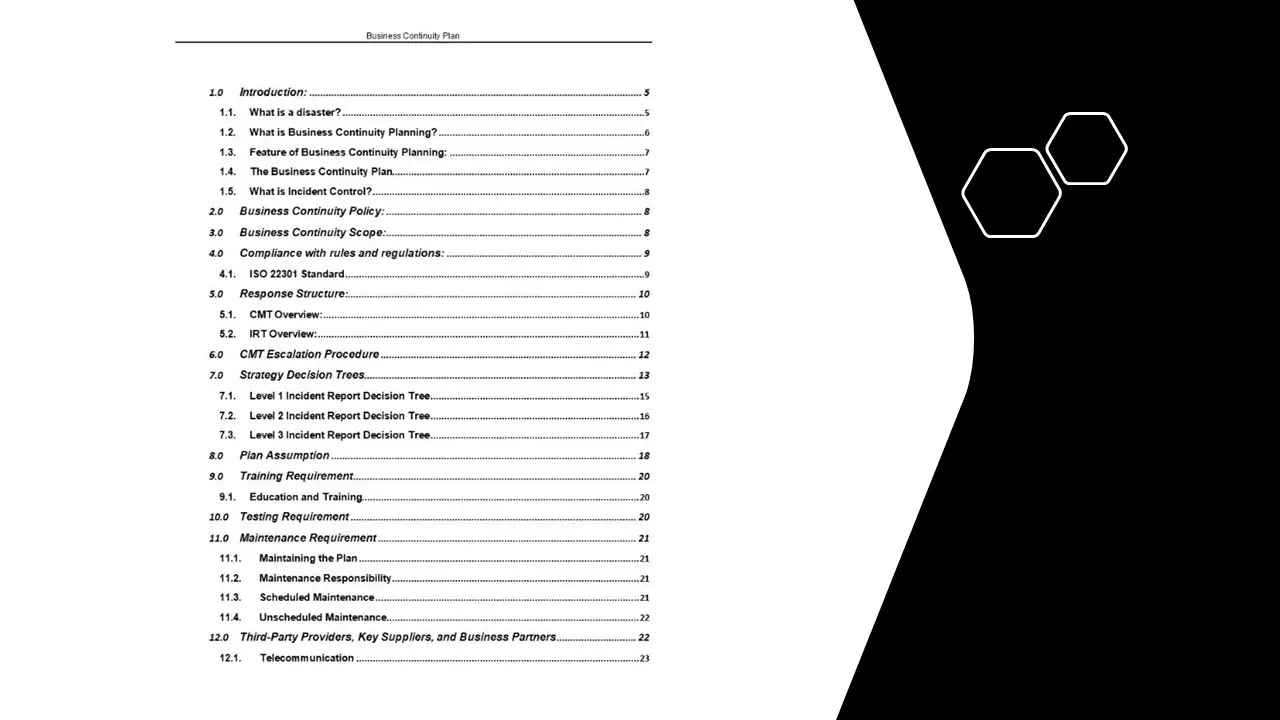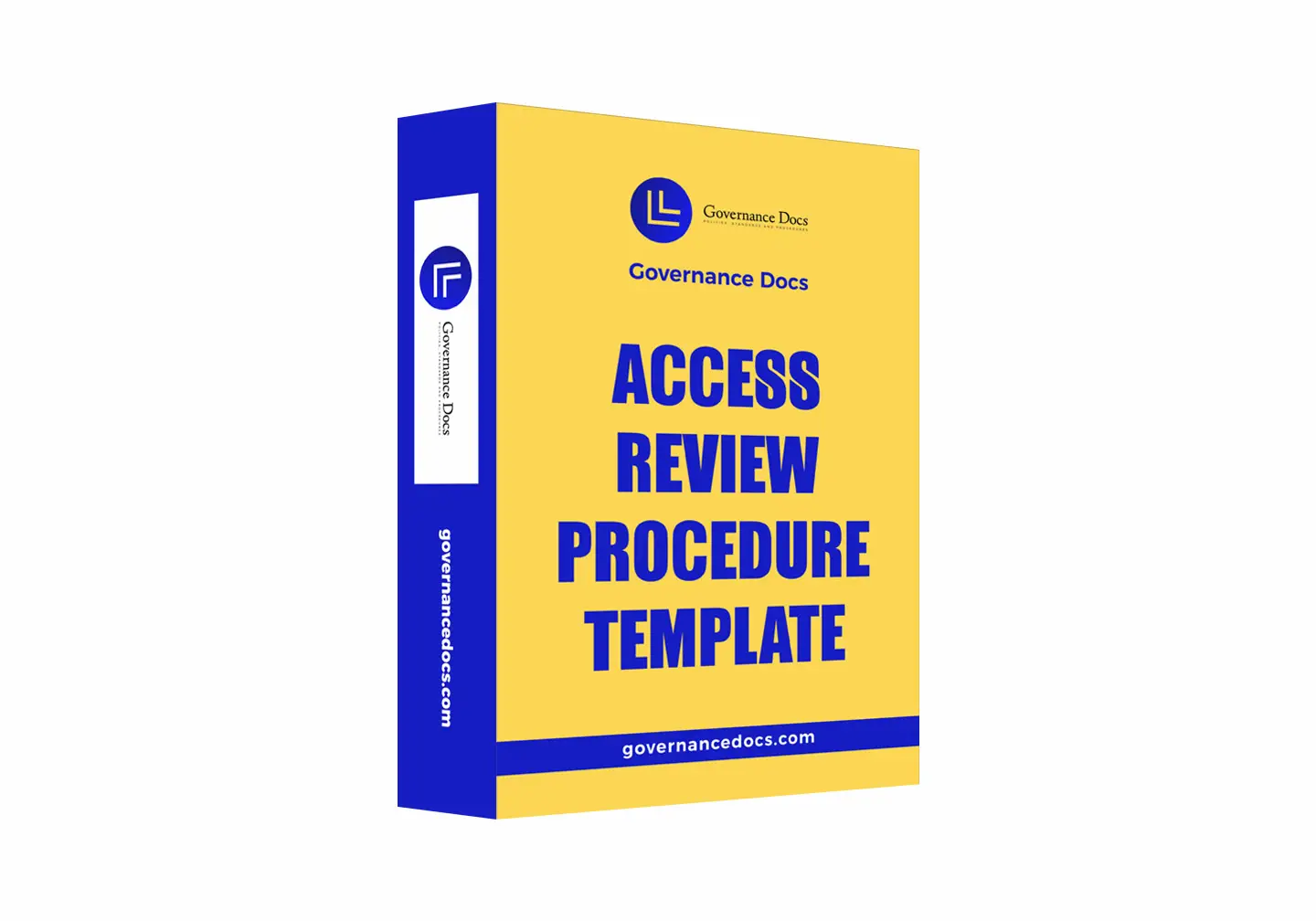User Access Management Process
In the intricate world of information security, where the stakes are as high as the potential breaches are devastating, the User Access Management Process emerges as a beacon of control and assurance. This process is not just a mere protocol; it is a sophisticated system designed to manage user access to systems that store or process cardholder data within PCI-DSS environments. As the digital landscape expands, the need for robust security measures becomes paramount, and this process stands at the forefront, safeguarding sensitive information with precision and reliability.
At its core, the User Access Management Process is a meticulously crafted framework that ensures only authorized individuals have access to critical systems. It operates under the stringent guidelines of the Payment Card Industry Data Security Standard (PCI-DSS), a set of security standards designed to protect card information during and after a financial transaction. This alignment with PCI-DSS not only underscores the process’s commitment to security but also highlights its role in maintaining compliance with industry regulations.
One of the key features of this process is its ability to provide granular control over user access. By implementing role-based access controls, it ensures that users are granted permissions based solely on their job responsibilities. This minimizes the risk of unauthorized access and potential data breaches, creating a secure environment where cardholder data is meticulously protected. Furthermore, the process includes regular audits and reviews of user access rights, ensuring that any changes in personnel or job functions are promptly reflected in the access permissions.
The benefits of the User Access Management Process are manifold. For organizations, it offers peace of mind, knowing that their systems are fortified against unauthorized access. It also streamlines the management of user credentials, reducing the administrative burden on IT departments. For users, it provides a seamless experience, granting them access to the resources they need without unnecessary hurdles. This balance of security and usability is a testament to the process’s thoughtful design and implementation.
The value proposition of the User Access Management Process is clear: it is an indispensable tool for any organization operating within PCI-DSS environments. By ensuring that only authorized users can access sensitive systems, it mitigates the risk of data breaches and enhances the overall security posture of the organization. Moreover, its compliance with PCI-DSS standards positions it as a critical component in achieving and maintaining regulatory compliance, a crucial factor for businesses handling cardholder data.
In the realm of information security, where threats are ever-evolving and the need for vigilance is constant, the User Access Management Process stands as a robust solution. It is a testament to the power of well-designed security protocols, offering organizations a reliable means to protect their most valuable asset: their data. As part of the broader categories of All Products, Information Security, and PCI-DSS, this process is not just a product; it is a vital part of a comprehensive security strategy, ensuring that the integrity and confidentiality of cardholder data are never compromised.
All GovernanaceDocs documents are developed based on well-known standards such as NIST CSF, ISO 27001, ISO 22301, PCI-DSS and HIPAA.
Hence, You just need to download and selected document and add your company name and logo.










Reviews
There are no reviews yet